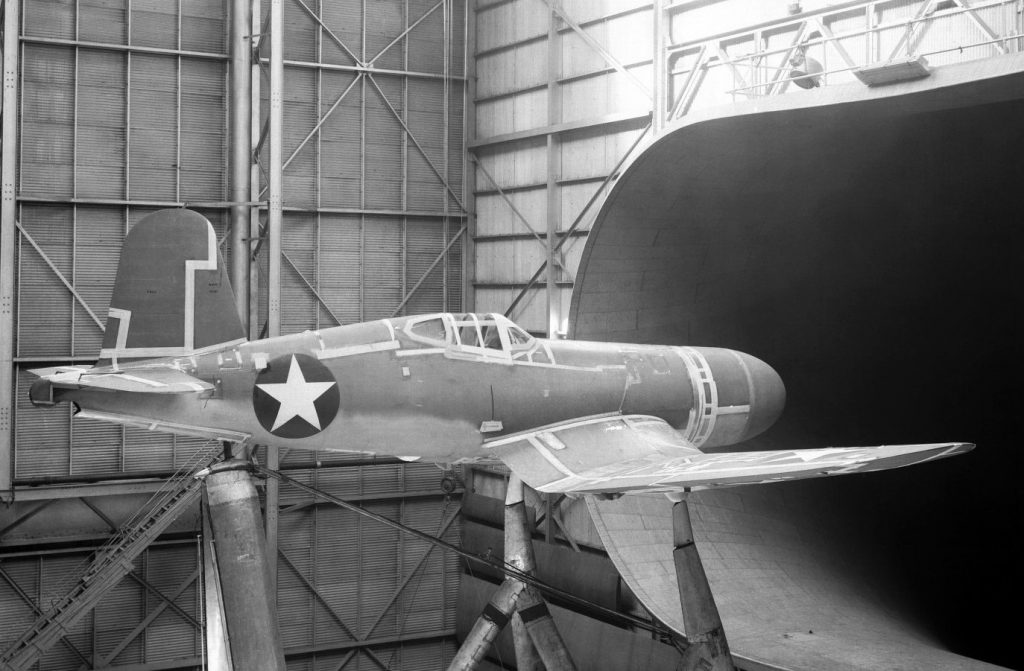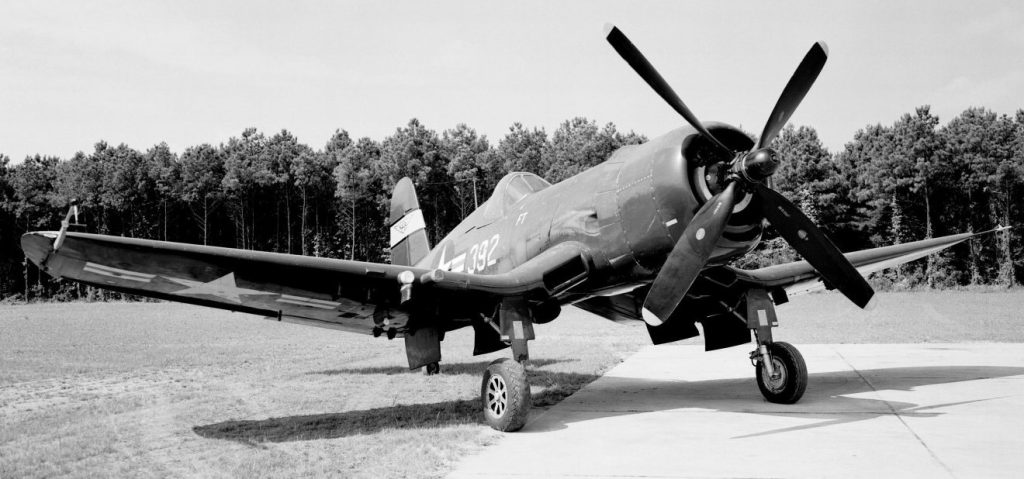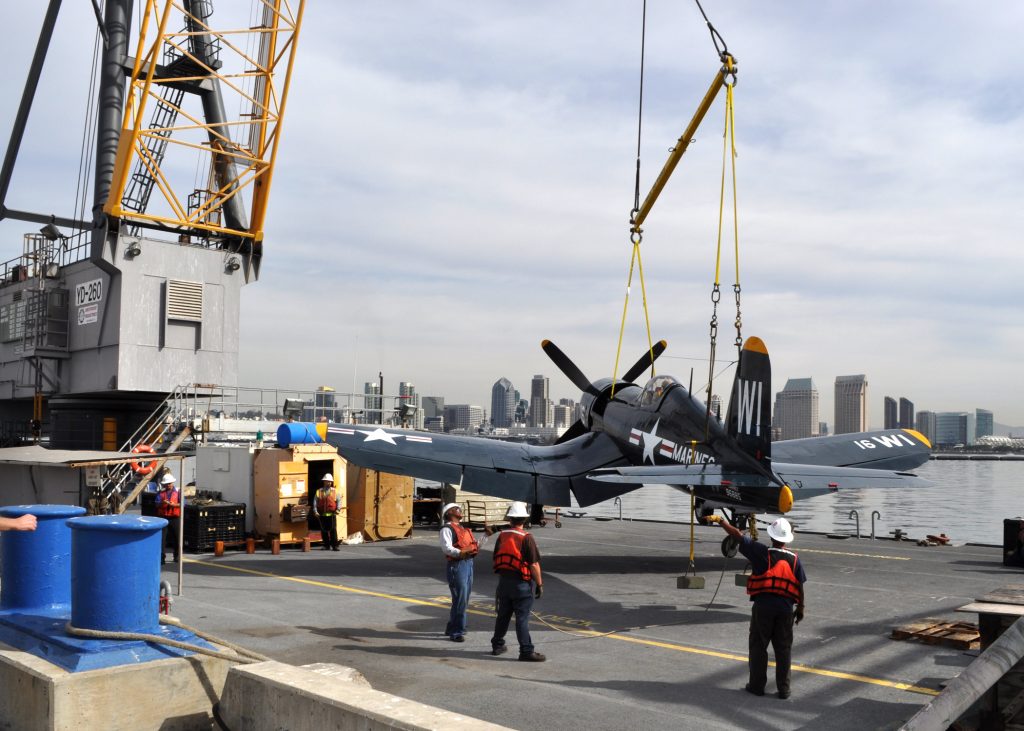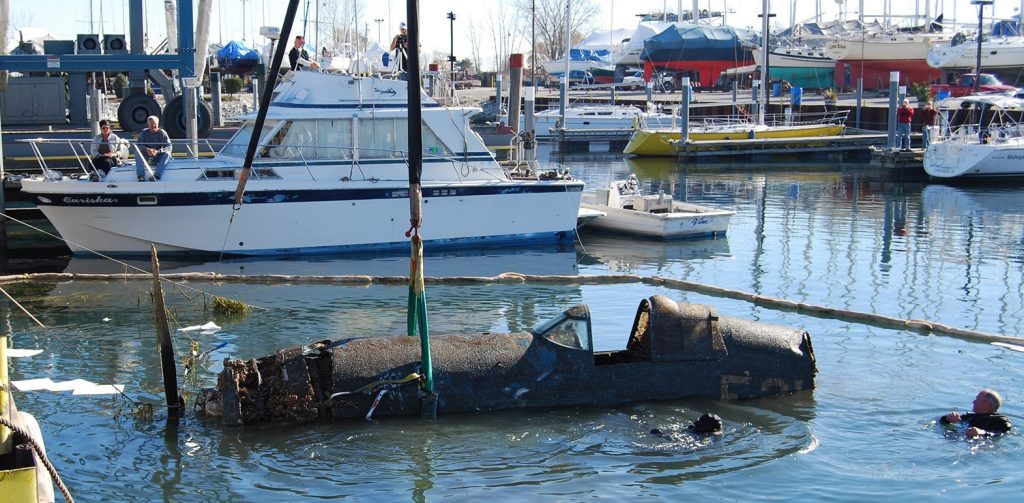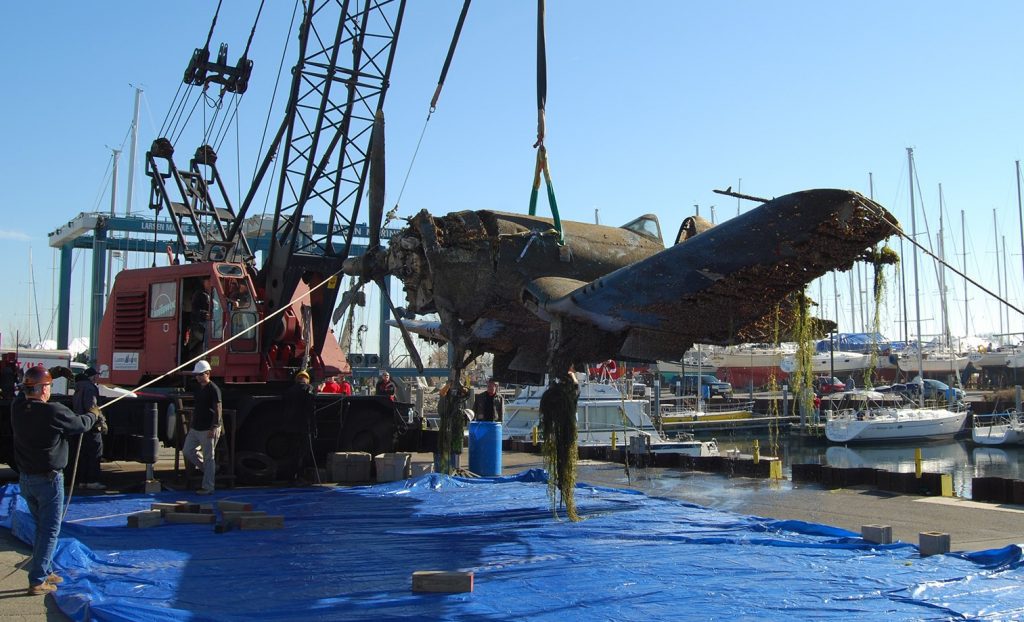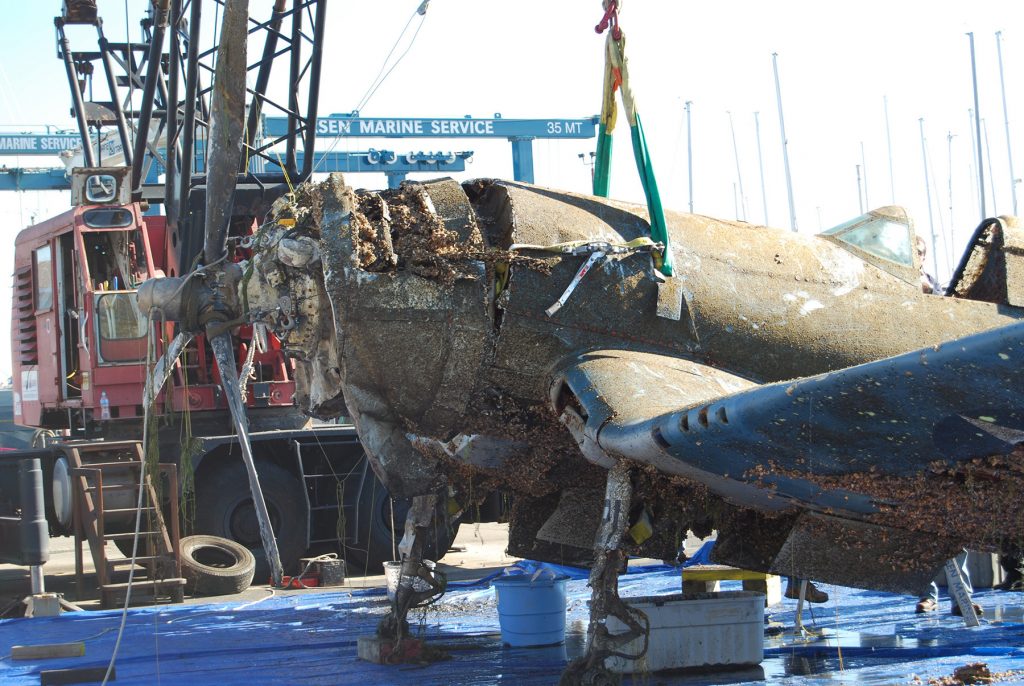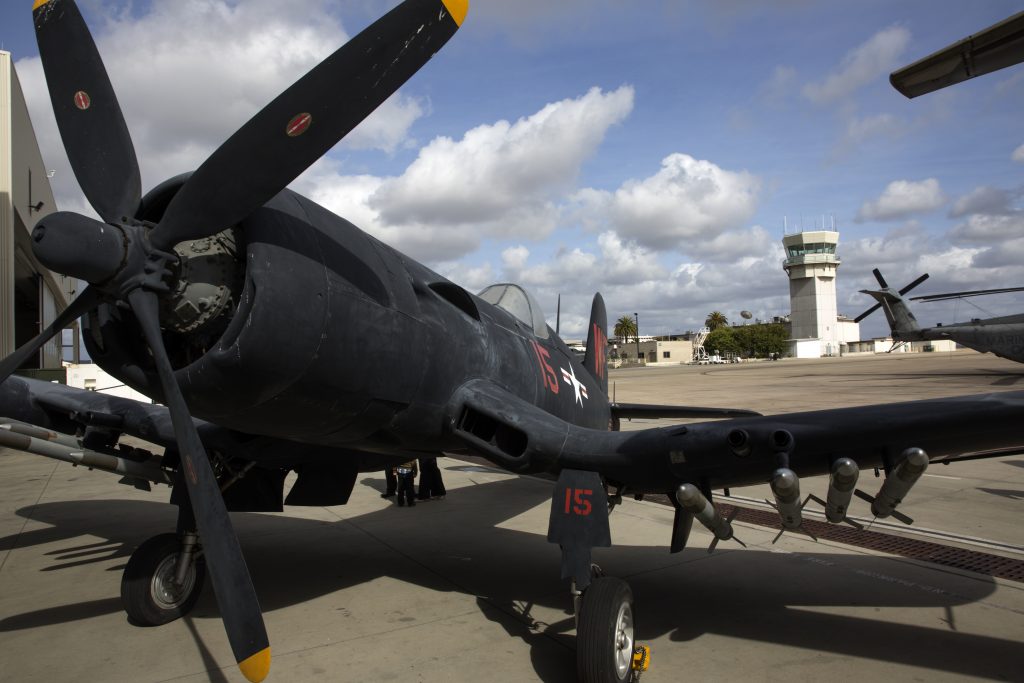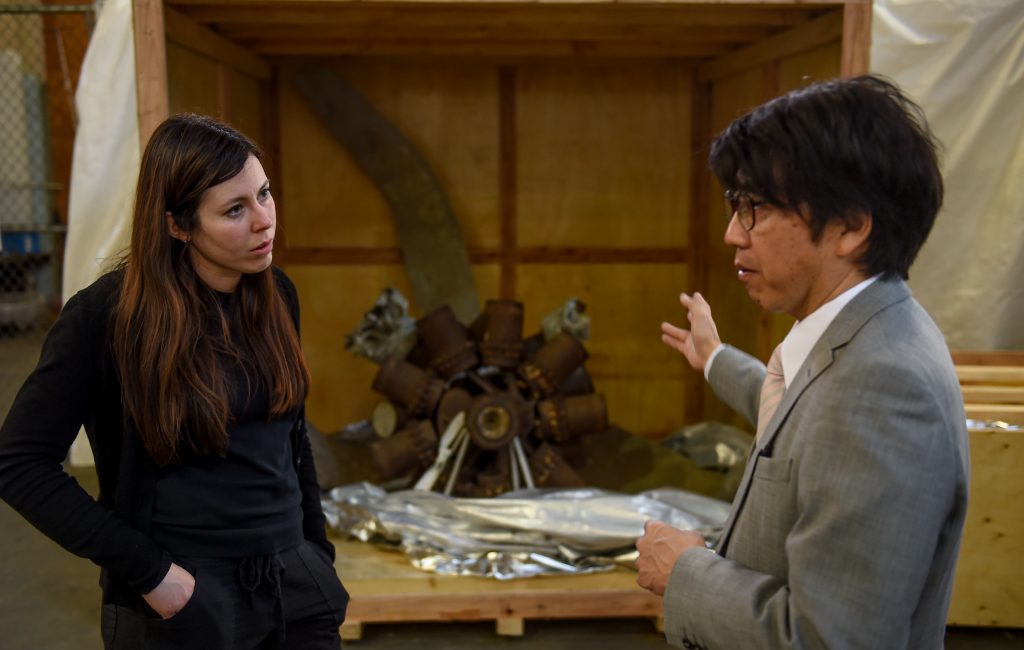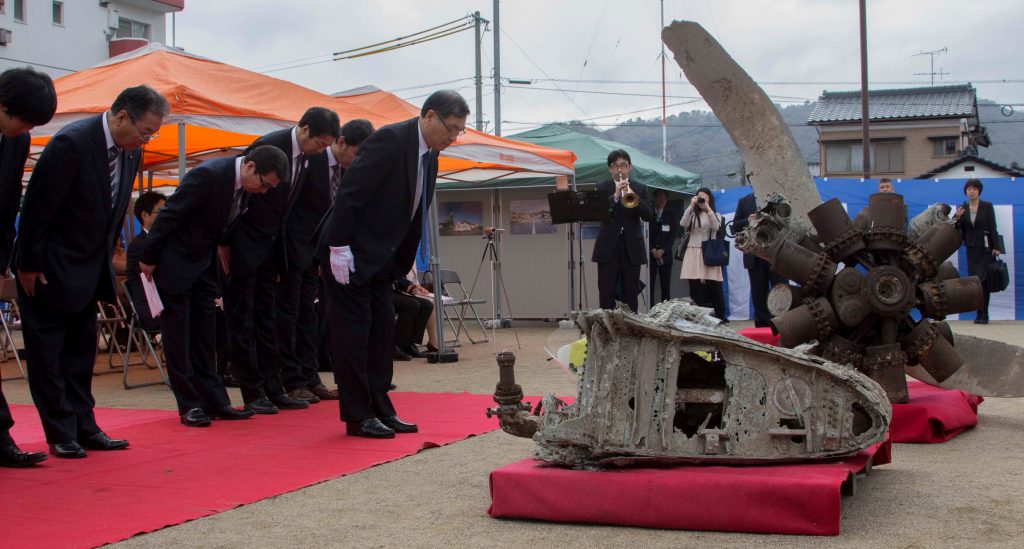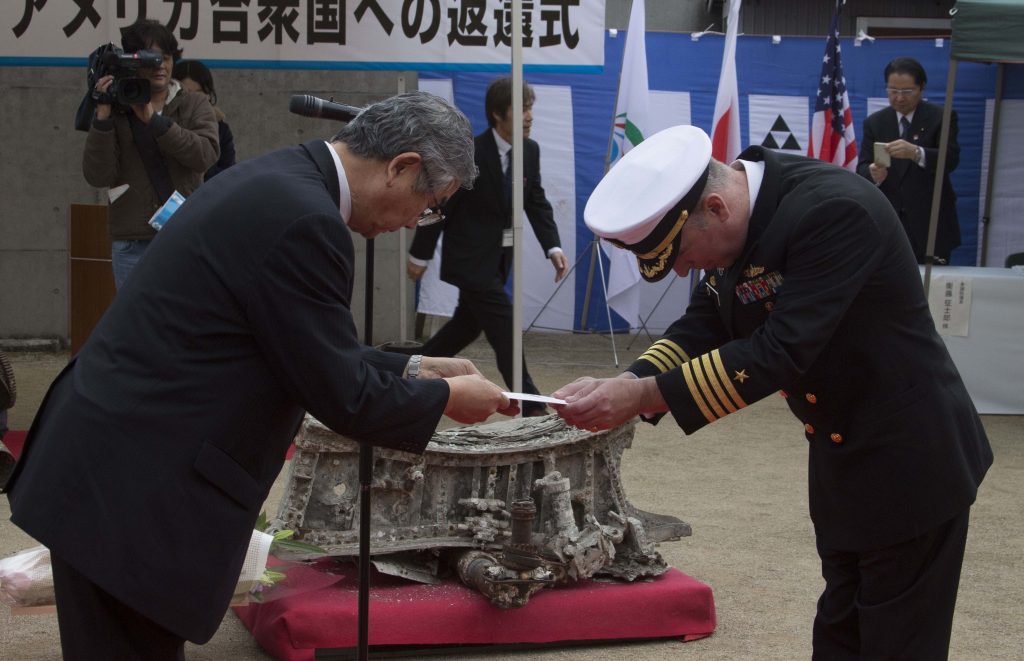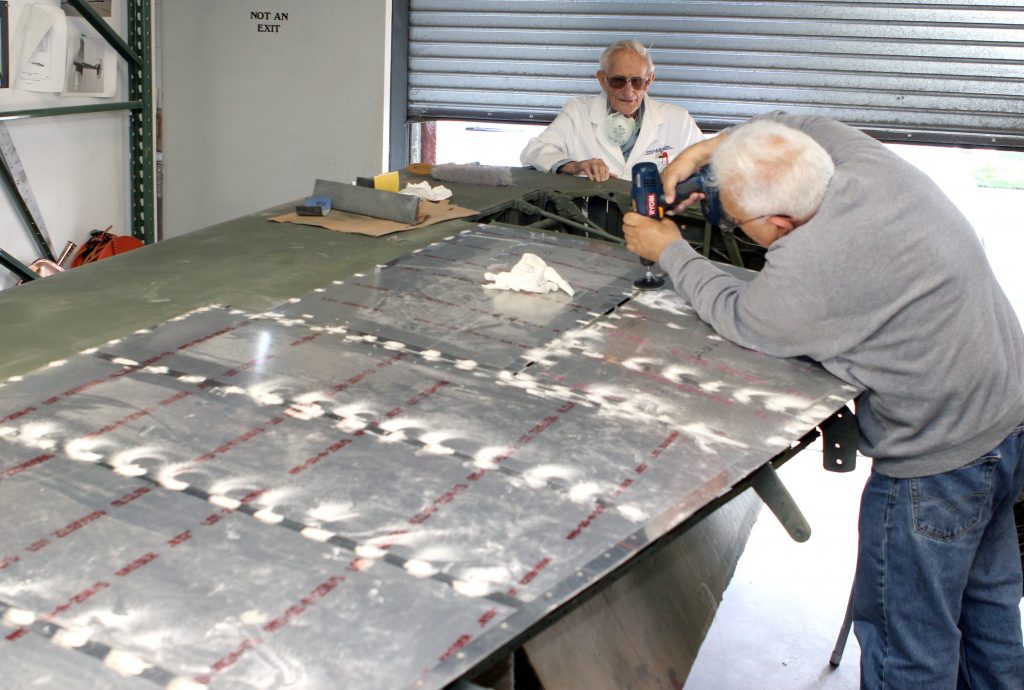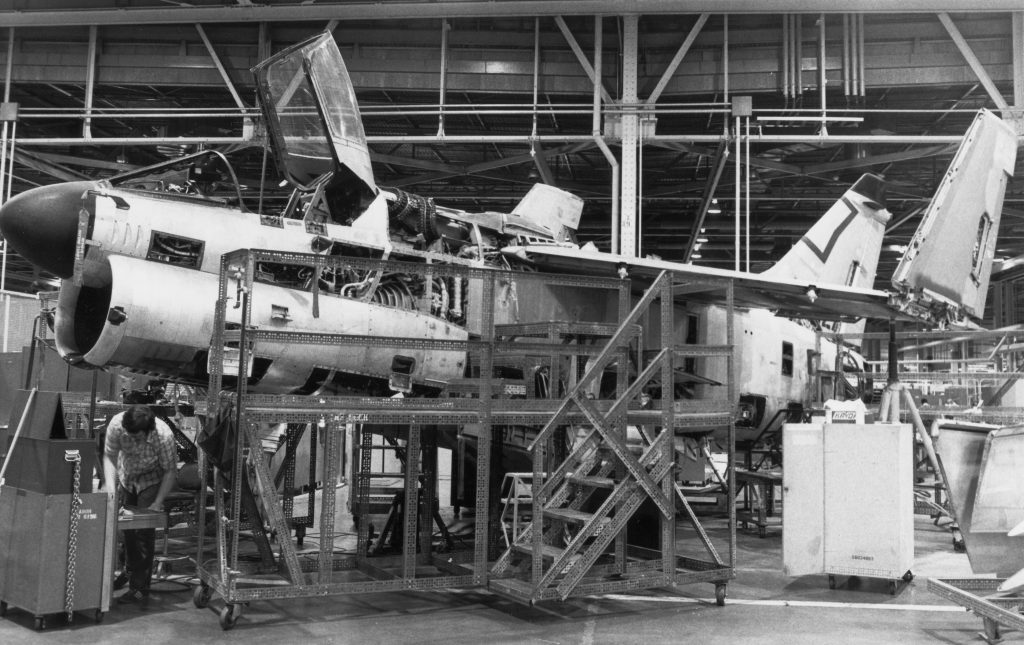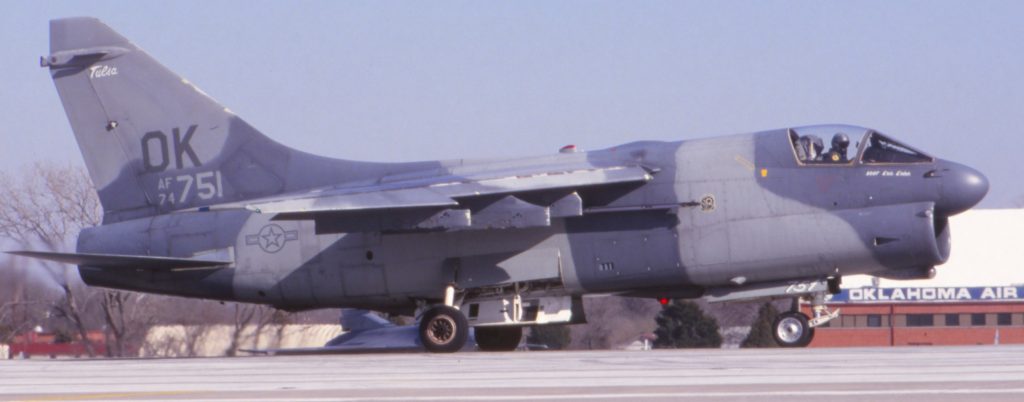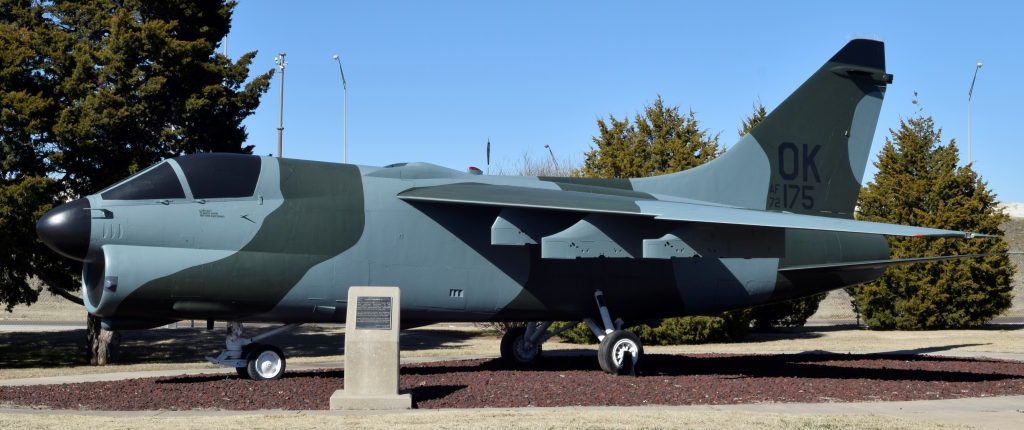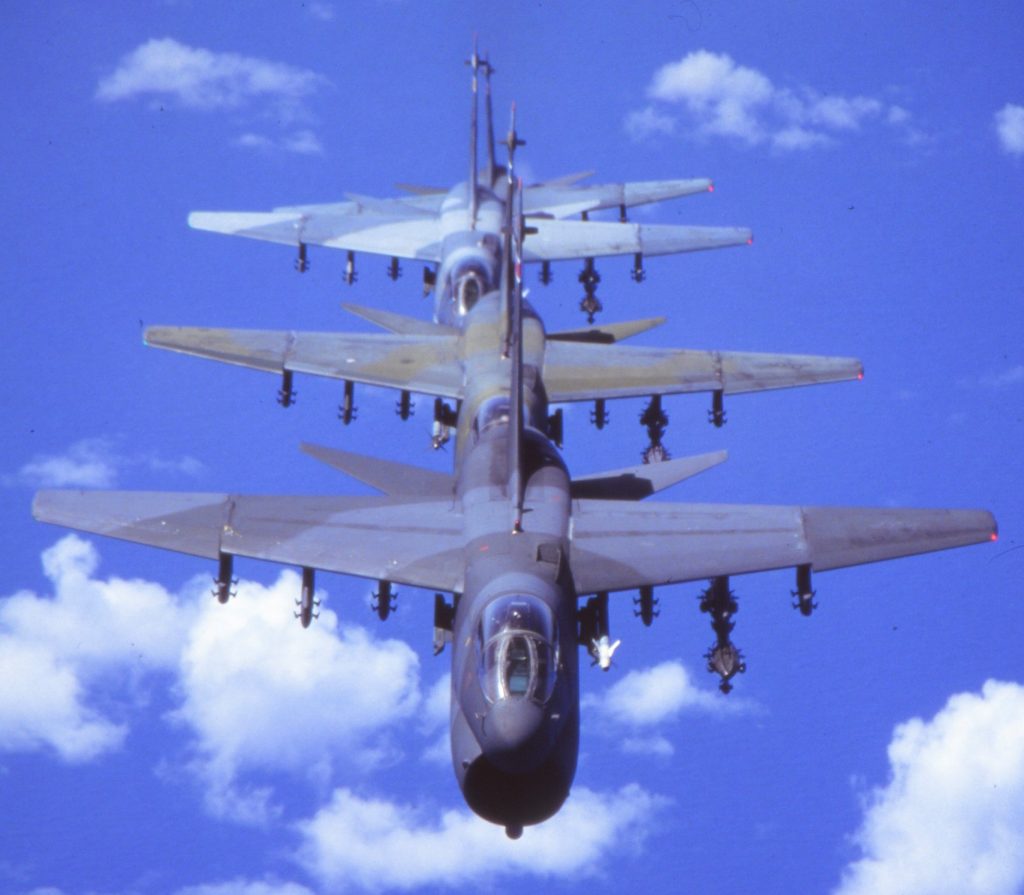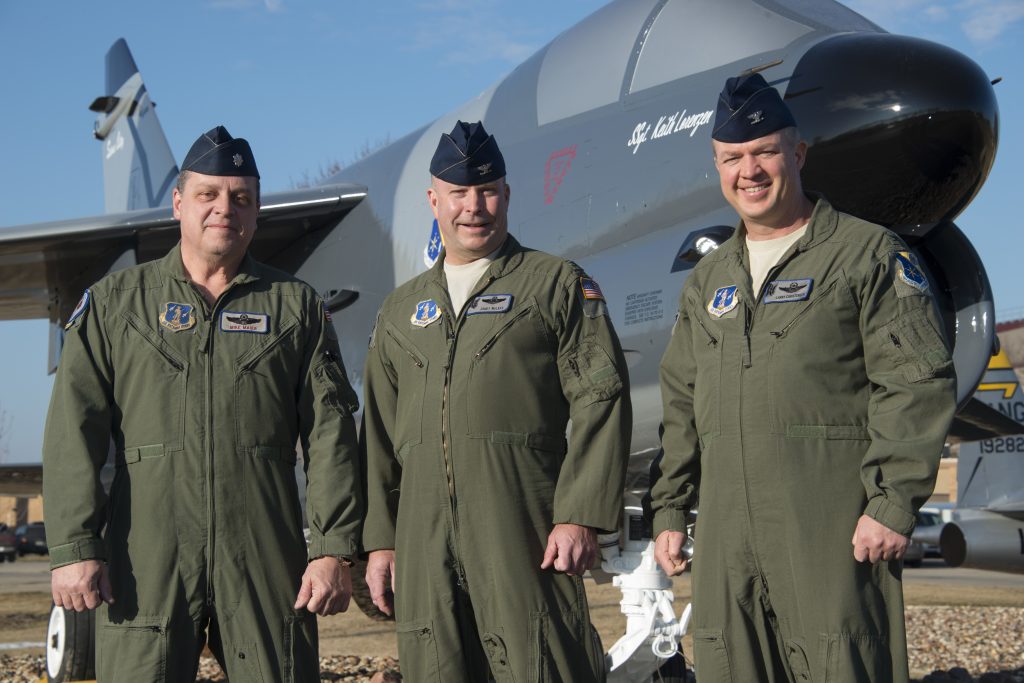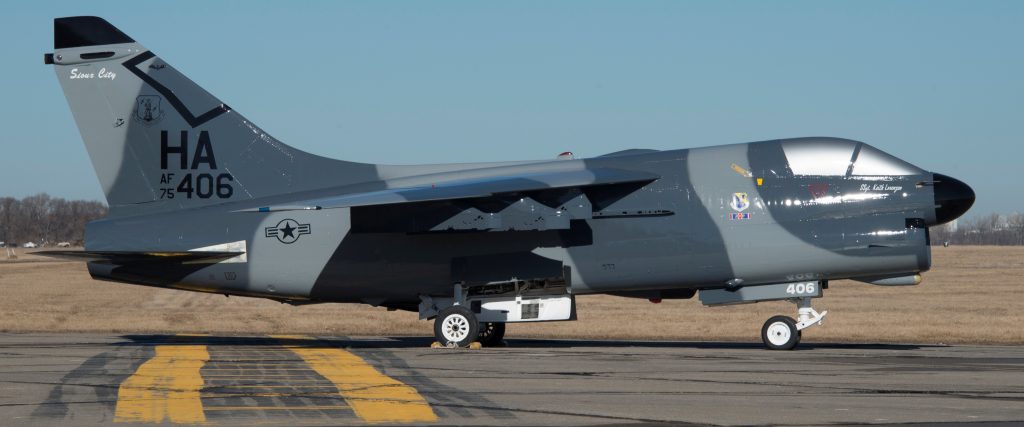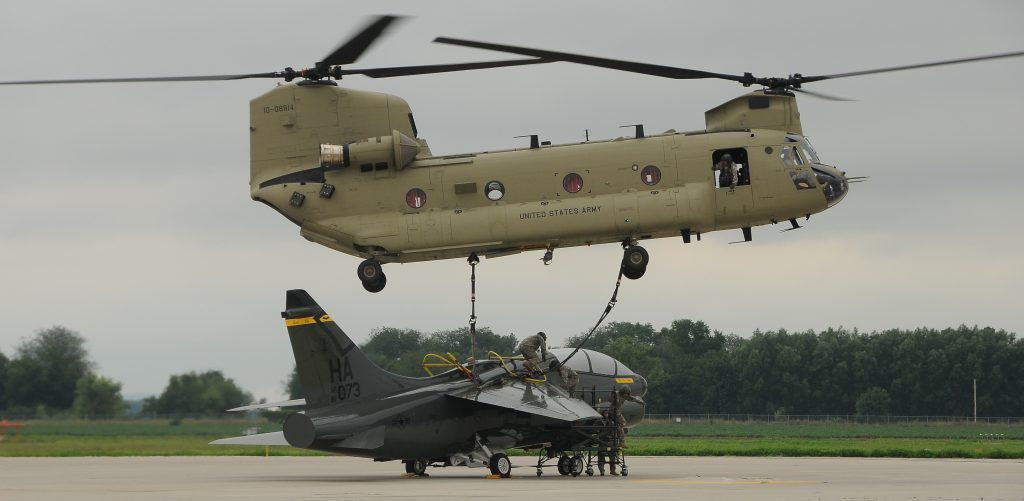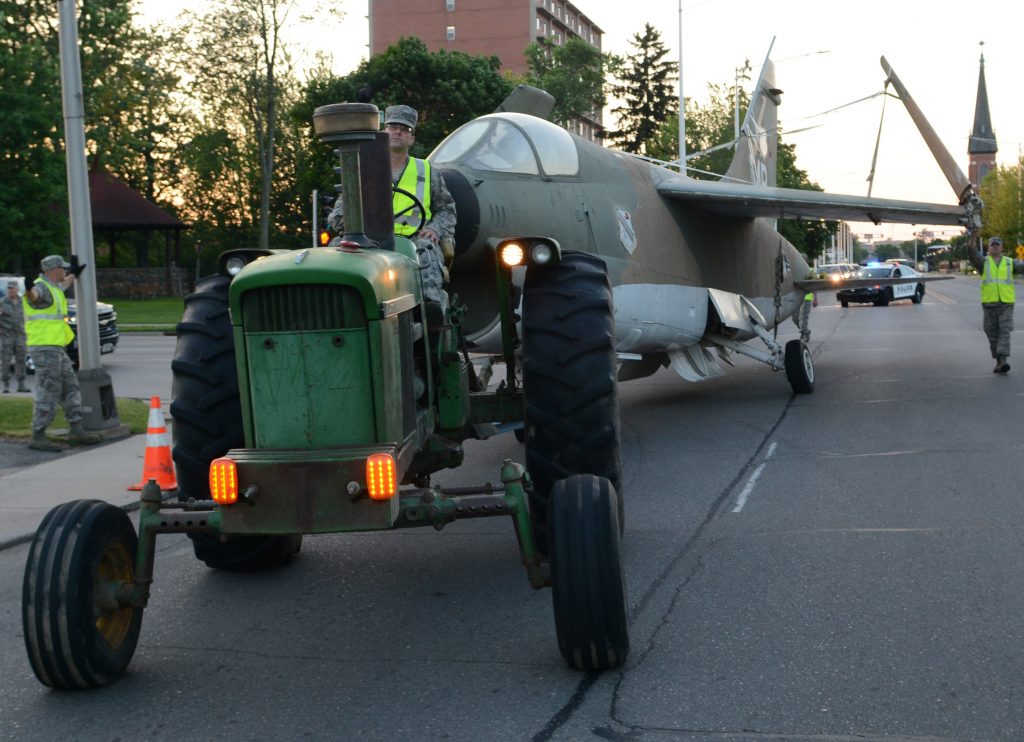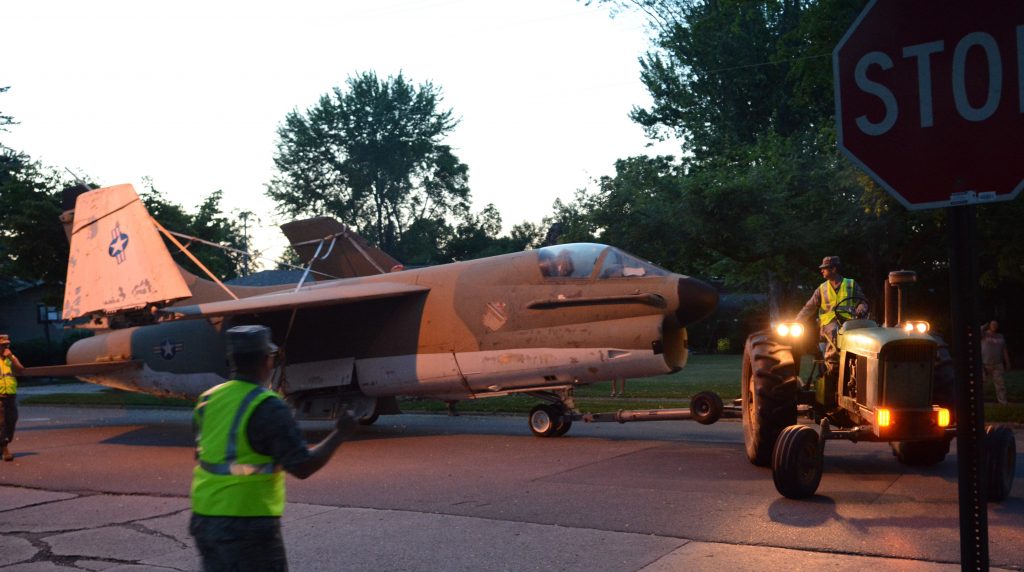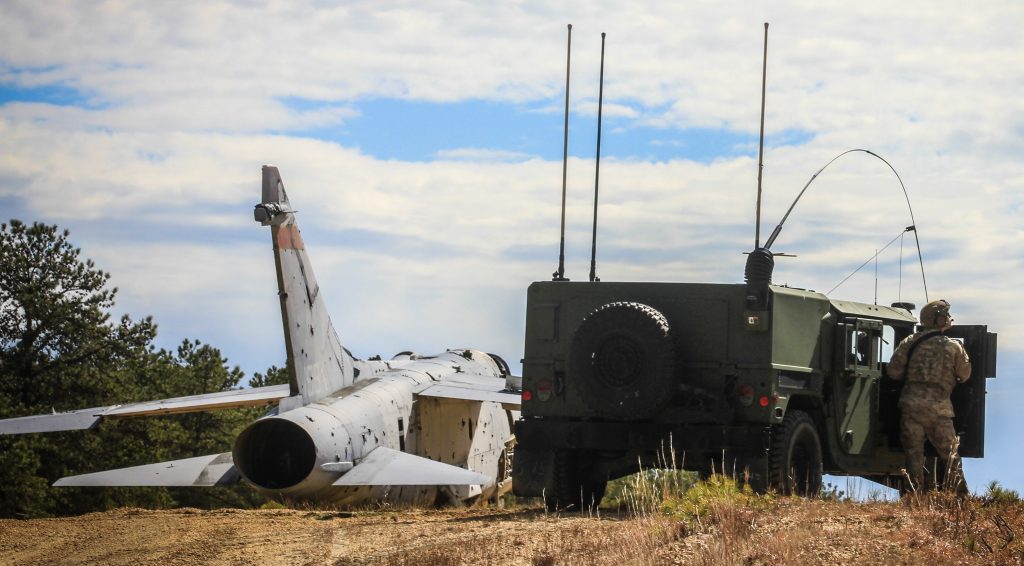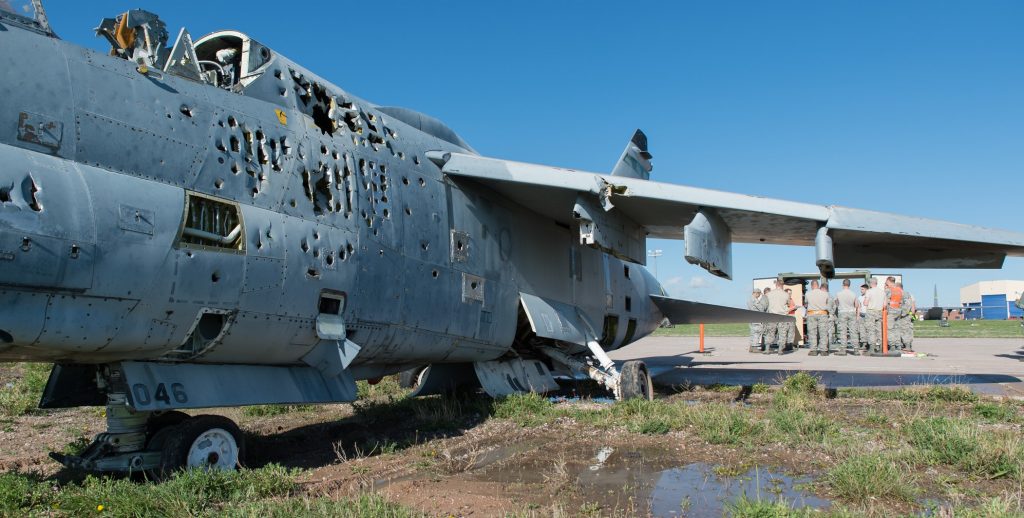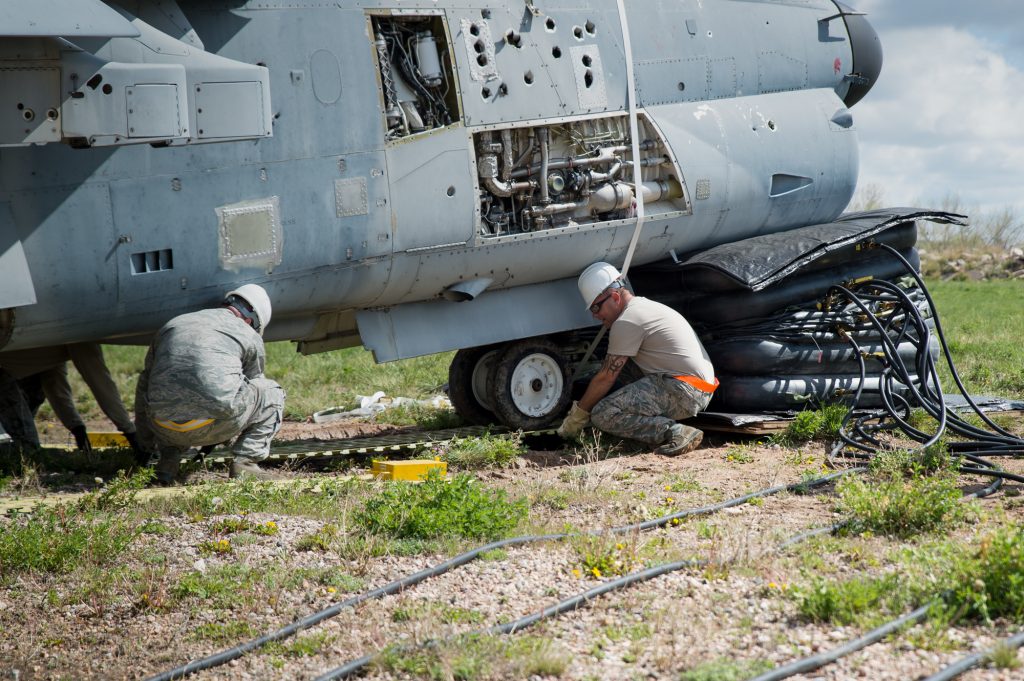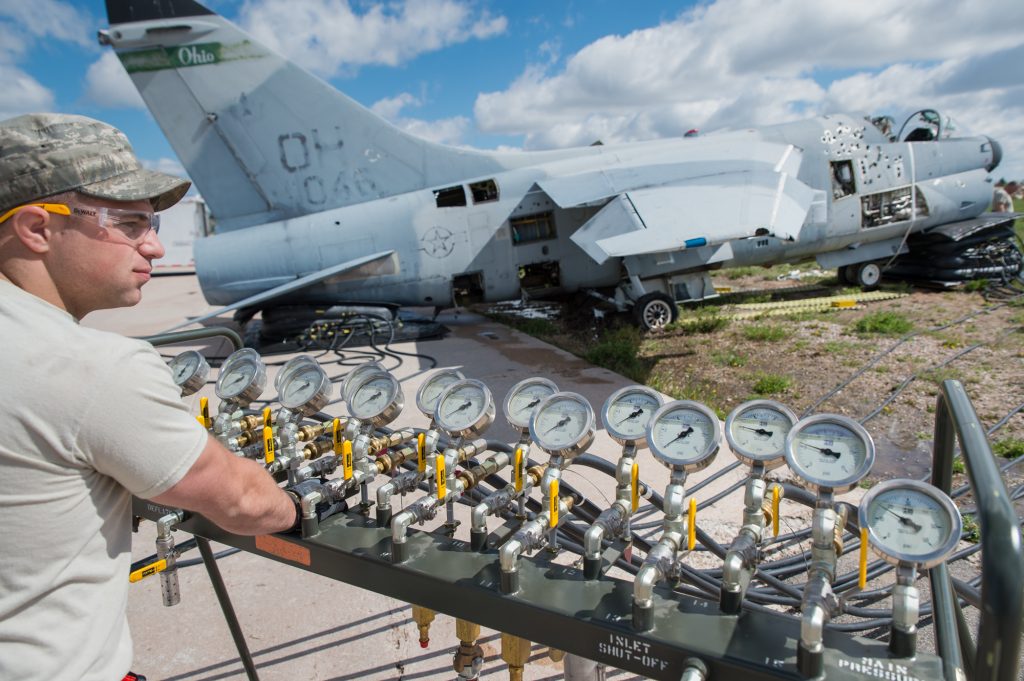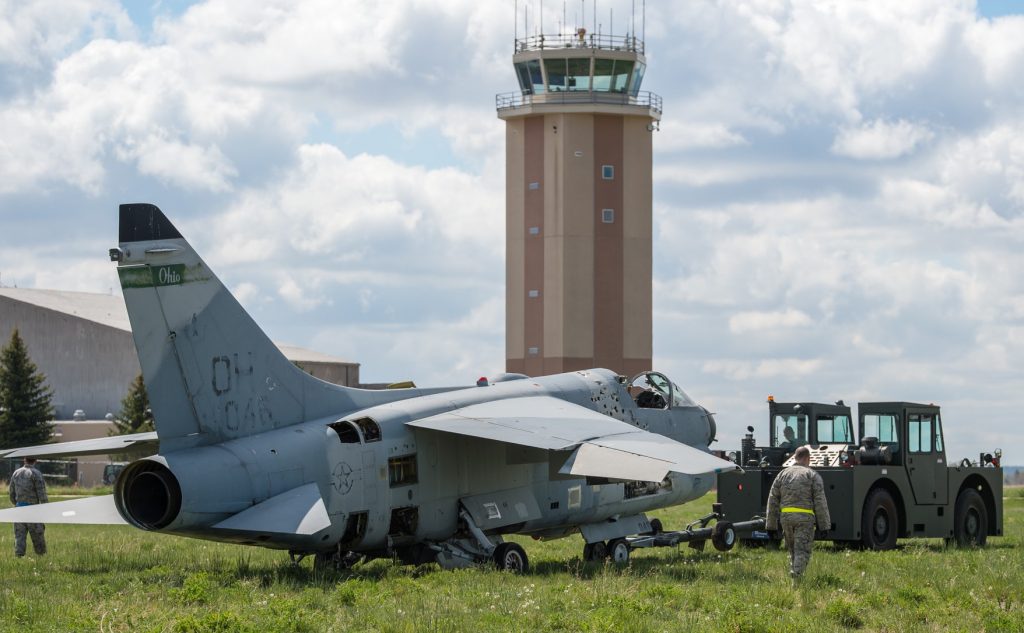I’ve collected a few LTV A-7 Corsair 2 kits in 1/72 scale, and noticed a lot of difference in shape. I’ve also learned that the latest and greatest kit issue from Asia isn’t so great.
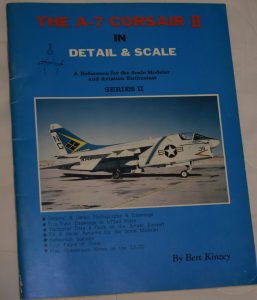
Update: I recently got the ancient 1979 The A-7 Corsair II in Detail & Scale and immediately noticed a difference in the Ed Moore scale drawings and the Bunrin-Do (1989 #18 Famous Airplanes of the World: LTV A-7 Corsair II Navy Version) drawings I originally used for this review. The Bunrin-Do drawings look much better than the Ed Moore drawings but does that mean they’re more accurate?

Click the pics to make bigger and read results
-

-
This is the Japanese 1/72 scale drawing I used to compare fuselages.
-

-
The ESCI/ERTL/AMT kit is far too short at the rear. The fuselage is very slightly thin going by the overhead drawings.
-

-
The Fujimi/Testors kit is narrow at the exhaust, and the vertical tail is too tall.
-

-
Amazingly this expensive kit, with all its extensive surface detail and exposed avionics bays, has the most inaccurate fuselage! It’s long and way too skinny!
-

-
Which one is the best?
-

-
Good idea, too bad the shape of the wing is wrong.
-

-
Ed Moore drawing from 1979.
The Hobby Boss kit (it needs to die or be completely re-tooled) is disappointing dimensionally, even the Mark 82 bombs are incredibly anorexic! The Hobby Boss main wing is almost right on with the Bunrin-Do drawings. The elevators are accurate close to the fuselage, but start to slightly narrow at the tip (but nothing like the narrowness of the other kits). Despite the fuselage being too narrow, the canopy is slightly too fat. If you think the Hobby Boss kit fuselage is too long and skinny, wait until you compare it to the Ed Moore drawings; it’s anorexic! Amazingly the wing is almost spot-on in shape, span and chord! The elevators are ever-so slightly short in span. The canopy is still fat.
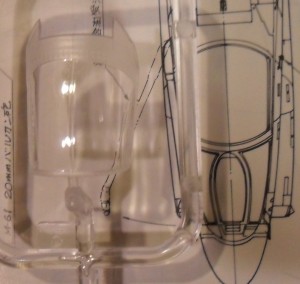
The ‘mold parting’ line on this Hobby Boss canopy matches the center line used by drafters of scale drawings!
And I think I’ve discovered why many Chinese made kits have ‘mold parting’ lines down the center of their canopies: Perhaps they’re not mold parting lines, but the lines from scale drawings? However the Chinese companies are transcribing scale plans of aircraft to the mold making process, they’re including the line drafters use to indicate the center-line of the fuselage?
(Note: I didn’t check windshields, just canopies.)
The ancient Hasegawa kit (still being issued) fuselage has good shape but is slightly short when compared to the Ed Moore drawings. The antennae on the spine are in the wrong place. The old issue kit is missing the ECM antenna on the vertical tail, but supposedly later issues were revised. The elevators are too small. The wings are slightly short in span but match the shape of the drawings. The canopy profile matches the drawings but is slightly fat in cross-section. Compared to the Bunrin-Do drawings the Hasegawa fuselage is too short. Here’s where it gets weird, the elevators and canopy match the Bunrin-Do drawings, but the wings are even shorter in span when compared to the Ed Moore drawings!
When compared to the Bunrin-Do drawings the Airfix (also issued by MPC) kit fuselage is the most accurate shape wise, but the main wings are too short in span, narrow in chord, and the wing tips are cut straight instead of being curved. The elevators are too short with incorrect shaped tips. The canopy looks the right width, but the rear portion of the frame is missing as it is part of the kit fuselage, so no way to pose it open. Compared to the Ed Moore drawings the Airfix main wings have the same problem; too short, wrong shape. The elevators are not only short in span but in chord as well. The canopy is slightly fat. The fuselage length matches the Ed Moore drawings, but the vertical tail is further back on the spine and the antennae are in the wrong place. Interestingly the 1979 edition of the Detail & Scale book praises the Airfix kit as being “the best kit available”.
The Matchbox kit fuselage matches the shape of the Ed Moore drawings almost perfectly (the kit was issued after the Detail & Scale book was first published) but is slightly long. The canopy is slightly flat in profile, but matches in cross section, it is molded as a one piece canopy-windshield, and like the Airfix kit, the framing for the canopy is molded as part of the fuselage. The wing matches the span and wing tip shape of the Ed Moore drawings, but is narrow in chord. The elevators match the drawings. Compared to the Bunrin-Do drawings the elevators are the correct size, but the tips are the wrong shape. The wing is too short and too narrow. The canopy matches the profile and cross-section. The fuselage is too short, and too narrow at the ass-end.
Revell’s ancient kit (repeatedly re-issued, somebody put it out of our misery!) matches the shape of the Ed Moore fuselage, but is slightly long. The ECM antenna on the tail (apparently added to later issues of the kit) is too small. The canopy-windshield matches the drawings, but like the Airfix and Matchbox kits, the framing for the canopy is molded as part of the fuselage. Revell’s wing is the best as far as how it mounts to the fuselage; it is molded as part of the spine which greatly reduces the need for filling in join lines (debatable), however, the wing is the wrong shape and long in span. The elevators have too great a sweep. According to the Bunrin-Do drawings the wing is too short in span and too narrow. The elevators have the same sweep-back problem. The canopy-windshield seem slightly small compared to the drawings. Like the Matchbox kit, the fuselage is too short, and too narrow, at the ass-end.
Comparing the ESCI (re-boxed by AMT-ERTL/Italeri) main wing to the Bunrin-Do drawings it is way too short in span, and the elevators are too narrow. The canopy seems the right width, but the rear portion of the frame is not correct. The Ed Moore drawings say the same thing about the main wing, the elevators fair better by barely matching the drawings. The canopy looks good. The fuselage matches the profile of the drawing but is slightly short. The tip of the vertical tail does not match Ed Moore’s drawing, but none of the kits do as the drawing shows the tail tip being rounded, which is wrong (oh my, you mean an authoritative scale drawing is wrong?)! ESCI kits usually come with good decals.
The Fujimi main wing is barely short going by the Bunrin-Do drawings. The elevators are way too narrow, and the canopy slightly fat with incorrect rear frame. The fuselage matches the Ed Moore drawings. Spine antennae are in the wrong location. The canopy matches. The elevators are narrow in chord and have incorrectly shaped tips. The wing is slightly short in span due to incorrectly shaped tips. Nice decals came with my kit.
Ordinance: The only kits in this review with decent weapons load are the ESCI and Fujimi kits, not great, but better than the lumps of plastic you kit with the other brands. The skinny Hobby Boss Mark 82s come with optional fuse extenders.
IFR (In-Flight Refueling): The Matchbox kit provides IFR for USAF aircraft only. The Airfix kit provides IFR for USN aircraft only. Hasegawa provides IFR for USN only, which is interesting because the AMT re-box (A-693:130) comes with markings for a USAF version. Revell’s kit has IFR for USN only, despite numerous re-issues with USAF decals. Fujimi, ESCI and Hobby Boss provide IFRs for both USAF and USN (depending on which issue of the kit you buy).
Out of the kit manufactures I compared none are accurate overall (and none got the main wing tip shape correct). I read from other kit builders that the only way to get an accurate 1/72 scale A-7 is to kit-bash several kits from different makers. From my perspective, it might be done by combining the Fujimi or Airfix fuselage with the Hobby Boss wing, for a start. If you’re planing on building a kit to enter into a highly competitive model contest then kit-bashing is your only choice, but most of us don’t have the time (or money).
The A-7 has such a unique look and all the kits capture that look despite having shape issues, so, if you’re building one just for the heck of it then save some money and buy the cheapest one you can find, and go for it.
Notes: Before re-boxing the ESCI kit, AMT also re-boxed the Matchbox kit (late 1970s) and the super-ancient Hasegawa kit (early 1970s). The AMT/Matchbox issue uses the original Matchbox artwork and the phrase “Molded in 3 Colors” (using the U.S. English spelling of the word colors).
The website ScaleMates reports the Ace Hobby Kit A-7 is a copy of the Hasegawa kit, wrong! The Ace A-7 is a re-tooled terrible copy of the ESCI kit. Ace offers it in A, B, D, E versions, but all are wrong, like not having the correct parts, or decals, for the version offered! Stay away from the Ace kit.
Heller re-boxed the Airfix A-7 in the 1990s when Airfix and Heller were owned by a single parent company (Humbrol).
USAF A-7 CORSAIRS, WHATEVER HAPPENED TO?
1/48 scale comparison A-7 Corsair 2: Aurora, Revell-Monogram, ESCI, Hasegawa & Hobby Boss
Cold War Aggressor: 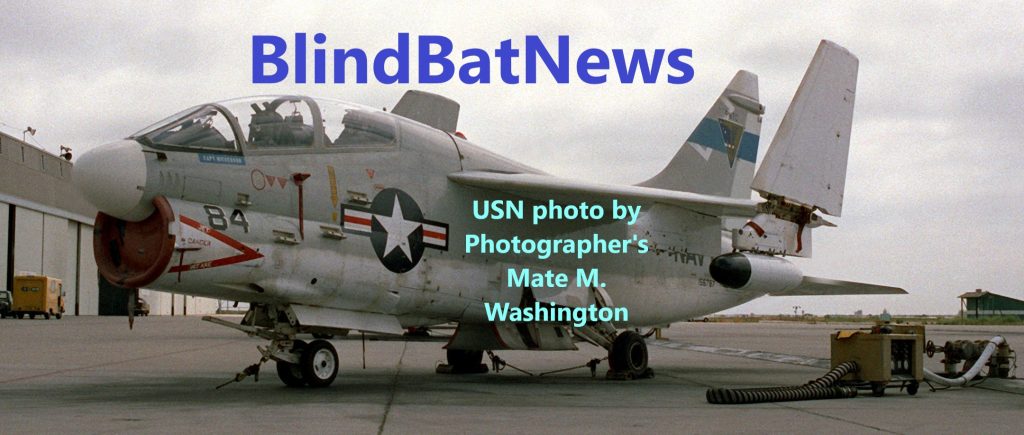 EA-7L THE ‘ELECTRIC’ TA-7C CORSAIR-2
EA-7L THE ‘ELECTRIC’ TA-7C CORSAIR-2
Cold War Maintenance Walk Around: 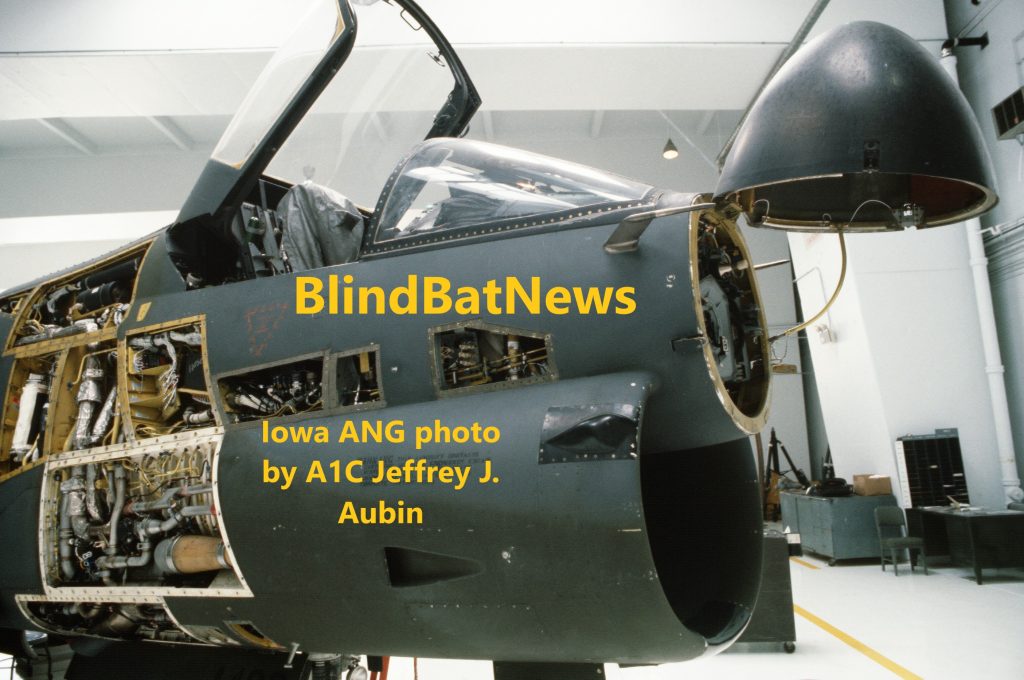 A-7D CORSAIR-2
A-7D CORSAIR-2
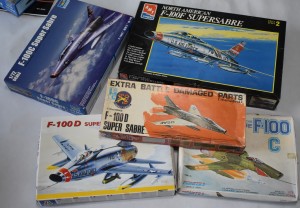 1:72 F-100 SUPER SABER KIT KLASH, OR MORE REASONS WHY YOU CAN’T TRUST SCALE DRAWINGS
1:72 F-100 SUPER SABER KIT KLASH, OR MORE REASONS WHY YOU CAN’T TRUST SCALE DRAWINGS

